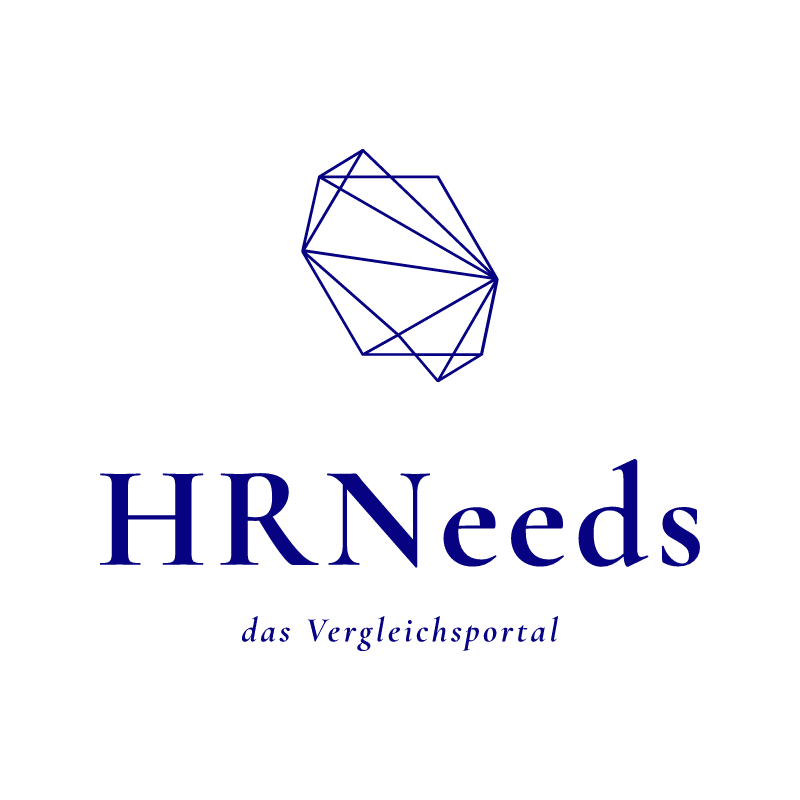Personnel diagnostics – profiling
Reliable diagnostic methods play a central role as companies increasingly rely on precise and well-founded personnel decisions. These methods help in making objective and meaningful assessments of applicants and employees, avoiding misplacements, and effectively promoting the development potential of talents
Find out here why these methods are indispensable and how they can help optimize your leadership and personnel work!

Challenges in human resources departments
In the dynamic world of personnel diagnostics, many companies are faced with the challenge of assessing applicants and employees objectively, effectively and efficiently.
Problems such as a lack of objectivity or neglect of requirement profiles often lead to the wrong people being hired. Such incorrect appointments are not only expensive – they lead to loss of productivity, dissatisfaction in the team and often also to increasing employee turnover. But there are also challenges in personnel development: it is difficult to identify areas of development quickly and precisely and to make progress measurable. Such deficiencies can deter valuable talent and reduce company efficiency.
There are studies that are carried out every 10 years and aim to analyze the use of psychometric personnel selection procedures. These show how rarely diagnostic procedures are used in companies. But why is that?
The reasons behind the low use of diagnostic tools
Many companies rarely use diagnostic tools, often due to uncertainty. You don’t know exactly which procedures are really meaningful and which are not. For example: The Myers-Briggs Type Indicator (MBTI) is widely used, although it is scientifically proven that it does not provide reliable results. It is therefore important to educate HR managers about which methods are helpful and which are not.
Another reason is the fear of scaring potential applicants away through complex recruitment processes. It is important for the organization to know whether the personnel selection procedures are well received by applicants. If personnel selection procedures are perceived to be too invasive, it could be that the company’s attractiveness decreases for applicants. As a consequence, companies could lose potential talent.
Master challenges, avoid blind spots!
In order to overcome these challenges, it is crucial to a) know and b) be able to apply reliable methods and strategies. The task of personnel diagnostics is to select, use and correctly evaluate the optimal procedures for the required requirements, e.g. in recruiting. Therefore, personnel decisions in personnel selection, as well as in personnel and management development, are not based on mere gut feeling or intuition, but also on objective results. In this way, you minimize the risk of incorrect appointments and ensure that your employees receive optimal support.
The advantages of diagnostic solutions!
Modern diagnostic solutions are a must for fair and well-founded personnel decisions. They deliver clear, verifiable results that go far beyond gut feeling. A good example is value-based profiling.
Profiling is the systematic collection and analysis of data about people or groups to identify specific characteristics, behavioral patterns or characteristics.
Values-based profiling is a psychometric procedure that focuses on measuring a person’s personal value system and current attitudes. The aim is a precise and individual analysis of a person’s abilities, potential, inclinations and competencies. In addition, the current focus becomes visible, i.e. how much someone is actually using their skills. A precise location determination not only records a person’s current situation, but also identifies their need for support and further development. This ensures that the person not only has the necessary technical skills, but also fits the company culture and has the potential to grow and be successful in the new role. This not only improves the quality of new hires, but also strengthens long-term employee satisfaction and loyalty.
The strengths of value-based profiling
This method minimizes susceptibility to manipulation by not responding to social desirability. Instead, it focuses on the actual values and attitudes of the person being analyzed. The result: a valid and reliable assessment of individual potential that remains independent of external influences. The implementation is also efficient and takes little time, which increases acceptance on both the company and the applicant side. In addition, the process is easy to learn and, after appropriate training, can be used and interpreted correctly by everyone involved in personnel decisions – from HR departments to managers to consultants and coaches.
The process is used in various areas such as personnel selection and development, team and organizational development, coaching, leadership development or mental health promotion. It offers valuable insights and supports the identification of development areas, the measurement of development progress and the creation of individual development plans.
Literature
Hossiep, R., Schecke, J. & Weiß, S. (2015). Zum Einsatz von persönlichkeitsorientierten Fragebogen. Psychologische Rundschau, 66(2), 127–129.
Armoneit, C., Schuler, H. & Hell, B. (2020). Nutzung, Validität, Praktikabilität und Akzeptanz psychologischer Personalauswahlverfahren in Deutschland 1985, 1993, 2007, 2020. Zeitschrift für Arbeits- und Organisationspsychologie A&O, 64(2), 67–82. https://doi.org/10.1026/0932-4089/a00031
Conclusion
Personnel diagnostics or profiling can protect companies from expensive and annoying misplacements and deploy employees optimally according to their abilities.
HRNeeds will be happy to help you find the right provider for personnel diagnostics or profiling. With the help of our software comparison, we can find the right solutions for your requirements and give you a suitable recommendation. It is non-binding and free of charge. On request, there is also a free expert consultation.
